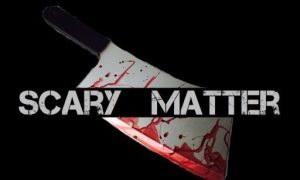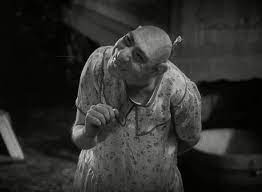
The Allure of Pre-Code Horror
The term “Pre-code” refers to movies made after silent films became “talkies”, and before the Motion Picture Production Code (MPPC) took full effect. The MPCC set the guidelines for what could be shown in films. It was created courtesy of Will Hayes. He was the Chairman of the Motion Picture Producers and Distributors of America. Hayes heard complaints from religious groups (of course) about the lack of morals and decency in movies. Hayes was more than happy to create guidelines so no one would have their delicate sensibilities hurt.
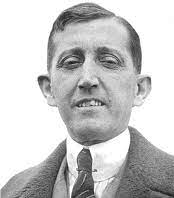
Blood, guts, gore, violence, sex, and nudity. All the things that help make horror films what they are. Honestly, what good is a horror movie without at least one braless girl getting out of bed in a tee shirt and little panties? Am I right? Of course I am. William Hayes and his overly moral cohorts didn’t think so, and they worked very hard to make horror movies as squeaky clean as possible.
The MPPC was drafted in 1930, but not fully enforced until 1934. Before that movies were censored, but not much. In those few years, moviemakers got away with including things like sex, violence, semi-nudity, drugs, and a host of other topics. In those days, things like that were considered immoral and indecent. After the Production Code took effect, those topics would be banned.
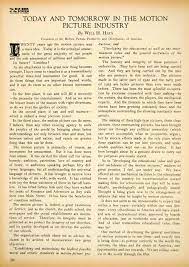
In the years before the MPCC took effect, horror creators used the addition of sound and lack of censorship to their advantage. They went not only for the scares but also for the shock value. Pre-code horror films were (for the period) scary, gruesome, and bizarre. They pushed the limits as far as they could and waited to see what they got away with. Although the MPPC wasn’t strictly enforced, some movies did get banned or censored for content. These are a few of my favorite pre-code movies:
Dr. Jekyll and Mr. Hyde (1931) -. One of the main themes of Jekyll and Hyde is the duality of man. People were offended by the concept that everyone has a “demon” inside them. Mr. Hyde is the manifestation of Jekyll’s repressed lust and violent tendencies. The first thing Hyde does is meet a girl. She makes him feel a certain way so he makes her his love slave. The movie implies that he forces himself on her. She eventually goes insane. Hyde is fighting to overtake Jekyll. He attacks Jekyll’s fiance and kills her father. Jekyll’s cruelty and lust for sex and violence were not popular with the morality police.
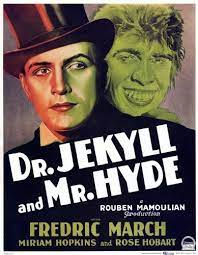
Frankenstein (1931) – Frankenstein is one of my favorites. By today’s standards, it’s extremely tame. But there were a few scenes that really sent the morality police into a tizzy. When the monster comes to life, Dr. Frankenstein yells “Oh, in the name of God! Now I know what it feels like to be God!” The morality police called it blasphemy. They also freaked out when Frankenstein threw the little girl into the water. On one hand – I get it. No one likes seeing an innocent child die. On the other hand – it’s just a movie and the kid was fine. That scene was cut from the movie.
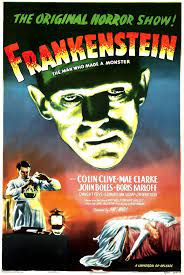
The Mummy (1932) – This is such a great movie! But back then, it offended people’s delicate sensibilities. When Zita Johan’s character is wearing Egyptian clothes that are more revealing than the censors approved of. Quite the scandal back in the day. The deaths in the movie were too violent for audiences. Boris Karloff as Imhotep believes that the soul of the woman he loves is in Zita Johan’s body. He’s determined to make her remember who she was. She rejects him, but he plans on having her anyway.
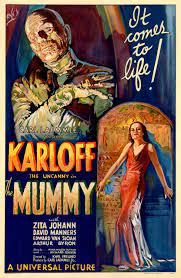
The Black Cat (1934) – Take a little necrophilia, a room of corpses, and add in a torture chamber – and you have a recipe to make any purist’s head explode. First of all – this is not Poe’s Black Cat. And second, this movie is crazy! It makes no sense, which doesn’t matter to me because it has Boris Karloff and Bela Lugosi at their finest. It’s just weird and the title has nothing to do with the movie. Lugosi’s character is afraid of black cats…that’s all. Its first offense is Satan worshippers. Huge no-no then. It has dead bodies hanging around and someone gets flayed off-screen – but you know it.
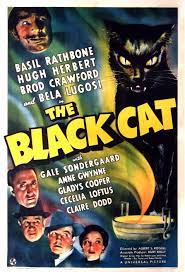
Freaks (1932) – Freaks was probably the biggest offender of the pre-code horror movies. The plot was simple: A beautiful trapeze artist agrees to marry the leader of the sideshow performers. The performers find out that she’s only marrying him for his money. They decide to get revenge on her. The main offense of the movie was that it had actual sideshow “freaks” in it. The studio heads asked for major cuts – even though several of the cut scenes had nothing wrong. They removed a scene where a man with no arms or legs was smoking a cigarette, and a woman with no arms was using her feet to eat and drink. Audiences were uncomfortable with the deformed bodies. The purists also took offense to the way the sideshow performers exacted their revenge. Watching the performers slowly make their way to their intended victims seemed to greatly disturb people.
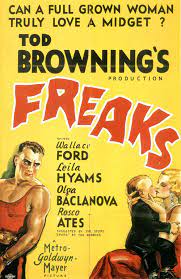
Island of Lost Souls (1932) – This adaptation of H.G. Wells Island of Dr. Moreau really got under the skin of the purists. Dr. Moreau is conducting experiments that turned animals into people on a tropical island. He created his own hybrid race. He’s discovered when a survivor of a shipwreck shows up. This really got people’s heads spinning! First of all, he’s playing God. Then there’s the much too-sexy Lota the Panther Girl! The movie hints at bestiality, and there’s animal torture that has audiences twisting in their seats. Dr. Moreau calls his operating room “The House of Pain”.
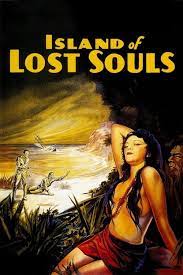
Doctor X (1932) – Doctor X is not talked about very often, but back then people had a lot to say about it. None of it was good! A reporter is trying to find a serial killer called the “Under the Moon Killer”. His investigation leads him to a mad scientist’s mansion. There’s murder, torture, rape, prostitution, scientific experiments, and talk of cannibalism To me it’s more science fiction than horror – but we’re talking about the 1930s.
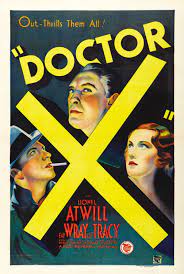
Then came the Catholic Legion of Decency a/k/a the National Legion of Decency (worst superhero group ever!) They took it upon themselves to rid the world of movies of objectionable content and to only see movies that “did not offend decency and Christian morality. Members were asked to give the following pledge:
“I condemn all indecent and immoral motion pictures and those which glorify crime or criminals. I promise to do all that I can to strengthen public opinion against the production of indecent and immoral films, and to unite with all who protest against them. I acknowledge my obligation to form a right conscience about pictures that are dangerous to my moral life. I pledge myself to remain away from them. I promise, further, to stay away altogether from places of amusement which show them as a matter of policy.”
The allure of pre-code horror was its scandalous nature and willingness to push the envelope. Many of these films are now considered classics of the horror genre and starred such horror greats as Bela Lugosi, Boris Karloff, Claude Rains, and Lionel Atwill. If you’re interested in reading more, check out Hollywood’s Pre-Code Horrors 1931–1934 by Raymond Valinoti Jr.
https://en.wikipedia.org/wiki/Pre-Code_Hollywood
https://en.wikipedia.org/wiki/National_Legion_of_Decency#Pledge
